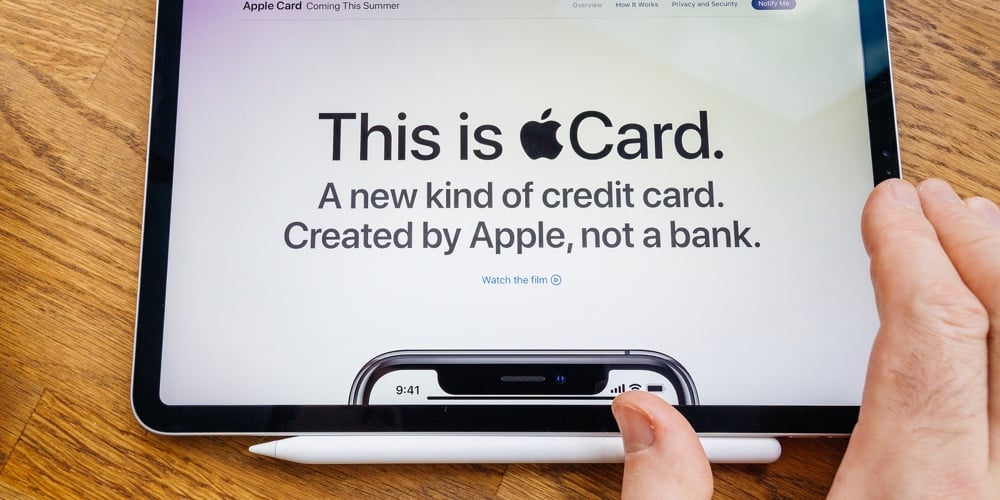Apple Card rollout threatens traditional financial institutions
The first product of a joint venture between one of planet’s most iconic brands and Wall Street giant Goldman Sachs is now in the hands of consumers. Even if the Apple Card doesn’t achieve the mega-success proponents predict, its 'no fees' and 'daily cash' features will have a powerful impact on the legacy credit card business. Further, the card’s impressive user experience integrated into the Apple Pay mobile wallet is something no financial institution can ignore.

The rollout of the much-discussed Apple Card unleashed an avalanche of media coverage only a few months after a pre-launch announcement stirred up a similar media frenzy. It’s the Apple mystique. Everything they do is seen as larger than life.
But, really, this is about a credit card. How could that be a threat to traditional banks and credit unions? We’re not talking about Amazon in banking.
While Apple is very different from the ecommerce giant, the two do share one thing in common: They’re both customer experience companies. Apple has built a consumer product empire upon seeking out opportunities to improve the consumer experience in computing, music, phones and more. Most people think of Apple as a product company, and they sell billions of products to be sure. But always the focus is on the design, the function, the utility, the experience.
The company has explored co-branded cards before, and has an existing arrangement with Barclaycard. But the Apple Card is at another level altogether, being a virtual card integrated into Apple Pay, the company’s mobile wallet launched in 2014. As Ben Bajarin, Principle Analyst with Creative Strategies, observes, “The opportunity for Apple to insert themselves into payments was clear with Apple Pay, and extending into the banking arena is a natural progression.”
continue reading »




